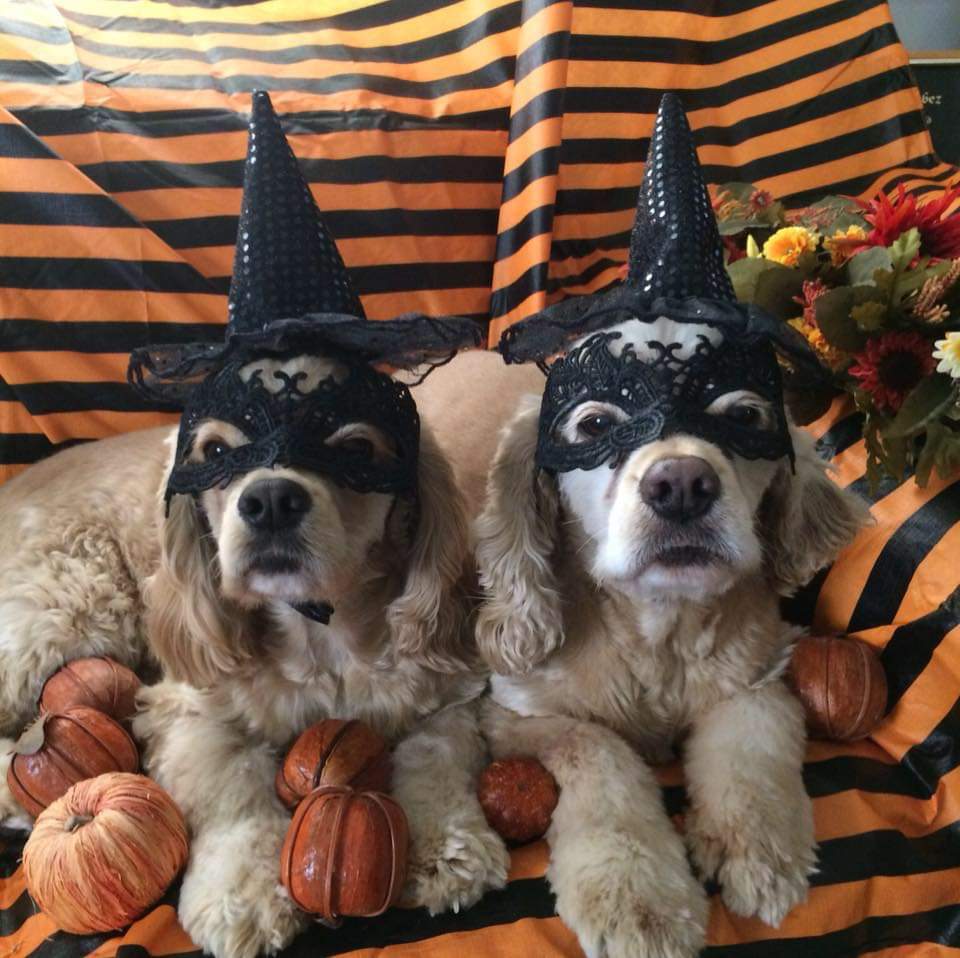Keep the trick-or-treat candy away from your dog. Candy is meant to attract, and it does. Candy is not good for dogs, and some candies can actually be lethal. Many Halloween candies containing the artificial sweetener xylitol that can be poisonous to dogs. Xylitol can cause a sudden drop in blood sugar as well as a subsequent loss of coordination and seizures.
Some common candy dangers for pets include:
- Wrappers, string, and sticks that accompany candy may cause a blockage that requires medical attention.
- Fatty chocolate and candies can also predispose dogs to pancreatitis.
- Raisins can cause death in dogs, and many nuts are also dangerous if ingested.
- Chocolate — especially baking or dark chocolate — can be dangerous and even lethal for dogs. Symptoms of chocolate pensioning may include vomiting, diarrhea, rapid breathing, increased heart rate, and seizures.
The toxic component of chocolate is theobromine. Humans easily metabolize theobromine, but dogs process it much more slowly allowing it to build up to toxic levels in their system. A large dog can consume more chocolate than a small dog before suffering ill effects. A small amount of chocolate will probably only give your dog an upset stomach with vomiting or diarrhea. With large amounts, theobromine can produce muscle tremors, seizures, an irregular heartbeat, internal bleeding or a heart attack. The onset of theobromine poisoning is usually marked by severe hyperactivity.
The usual treatment for theobromine poisoning is to induce vomiting within two hours of ingestion. If you are worried or suspect that your dog may have eaten a large quantity of chocolate and they are showing any of the signs listed above, call your veterinarian immediately. If you have a small dog that has eaten a box of chocolates, you need to call and go to your veterinarian right away. Do not wait. However, should your dog get ahold of a piece or two, it is most probably not cause for alarm.
Halloween brings a flurry of activity with visitors arriving at the door, and too many strangers can often be scary and stressful for your pets. All but the most social dogs should be kept in a separate room away from the front door during peak trick-or-treating hours. While opening the door for guests, be sure that your dog doesn’t dart outside. Always make sure your pet is wearing proper identification—if for any reason he or she does escape, a collar with ID tags and/or a microchip can be a lifesaver for a lost pet. If your dog should escape and become lost, having the proper identification will increase the chances that they will be returned to you. Make sure the information is up-to-date, even if your pet has an embedded microchip.

